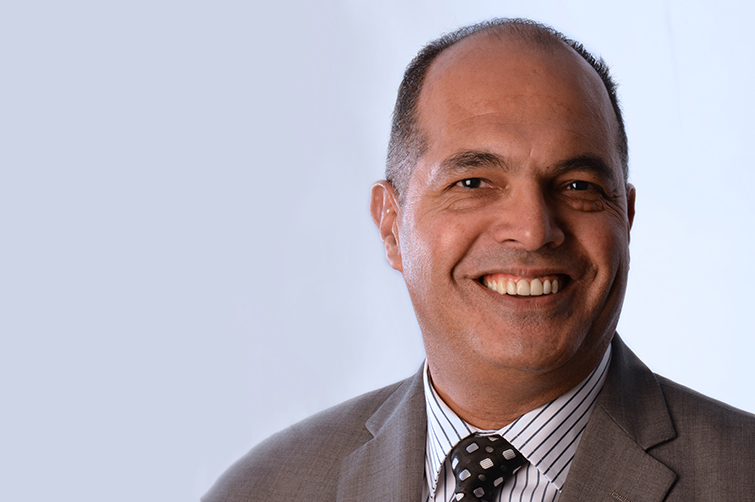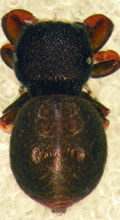Latest News Archive
Please select Category, Year, and then Month to display items
29 March 2019
|
Story Lacea Loader
 Edward Kieswetter, newly appointed SARS Commissioner.
Edward Kieswetter, newly appointed SARS Commissioner.
The Chairperson of the Council of the University of the Free State (UFS), Mr Willem Louw, extended a message of congratulations to Mr Edward Kieswetter on his appointment by President Cyril Ramaphosa this week as Commissioner of the South African Revenue Service (SARS).
Mr Kieswetter served as Deputy Chairperson of the UFS Council from 2008 to 2014 and was Visiting Professor at the university’s Business School until 2018.
“On behalf of the Council and the university community, I wish Mr Kieswetter well in his work as newly appointed SARS Commissioner. It is evident that the high-level selection panel made an exceptionally good choice for this crucial position. Mr Kieswetter’s vast experience as former SARS deputy commissioner, his subsequent track record of transformative leadership, and his experience in turning around a large institution will serve him well in this new role,” says Mr Louw.
Released by:
Lacea Loader (Director: Communication and Marketing)
Telephone: +27 51 401 2584 | +27 83 645 2454
Email: news@ufs.ac.za | loaderl@ufs.ac.za
Fax: +27 51 444 6393
UFS entomologists describe a new spider species
2014-02-19
|
 |
It is about 3mm in size and almost looks like a ladybird, but this new spider is the cause of great excitement at the University of the Free State’s (UFS’s) Department of Zoology and Entomology.
The new species of spider, now known as Rhene amanzi, was recently described for the first time and was ‘introduced’ to other arachnologist at the recent congress of the African Arachnology Society at Amanzi Private Reserve.
Dr Charles Haddad, senior lecturer in the UFS’s Department of Zoology and Entomology, said they already stumbled upon the male spider in 2010 when a student was doing research at the reserve. After a very long process, the spider was described and a couple of weeks ago, whilst at the congress, they also found the female.
“Up to now we only know that the spider lives in trees in the Brandfort area. The range could be wider, but since it was only described recently, other arachnologists will only now be able to identify accurately.”
Dr Haddad says they still have to determine how many eggs the female is able to lay, what the spider’s life cycle looks like and what their habitual preferences are.
“What we do know is that it probably isn’t poisonous and that the spider imitates a ladybird in order to protect itself against predators.”